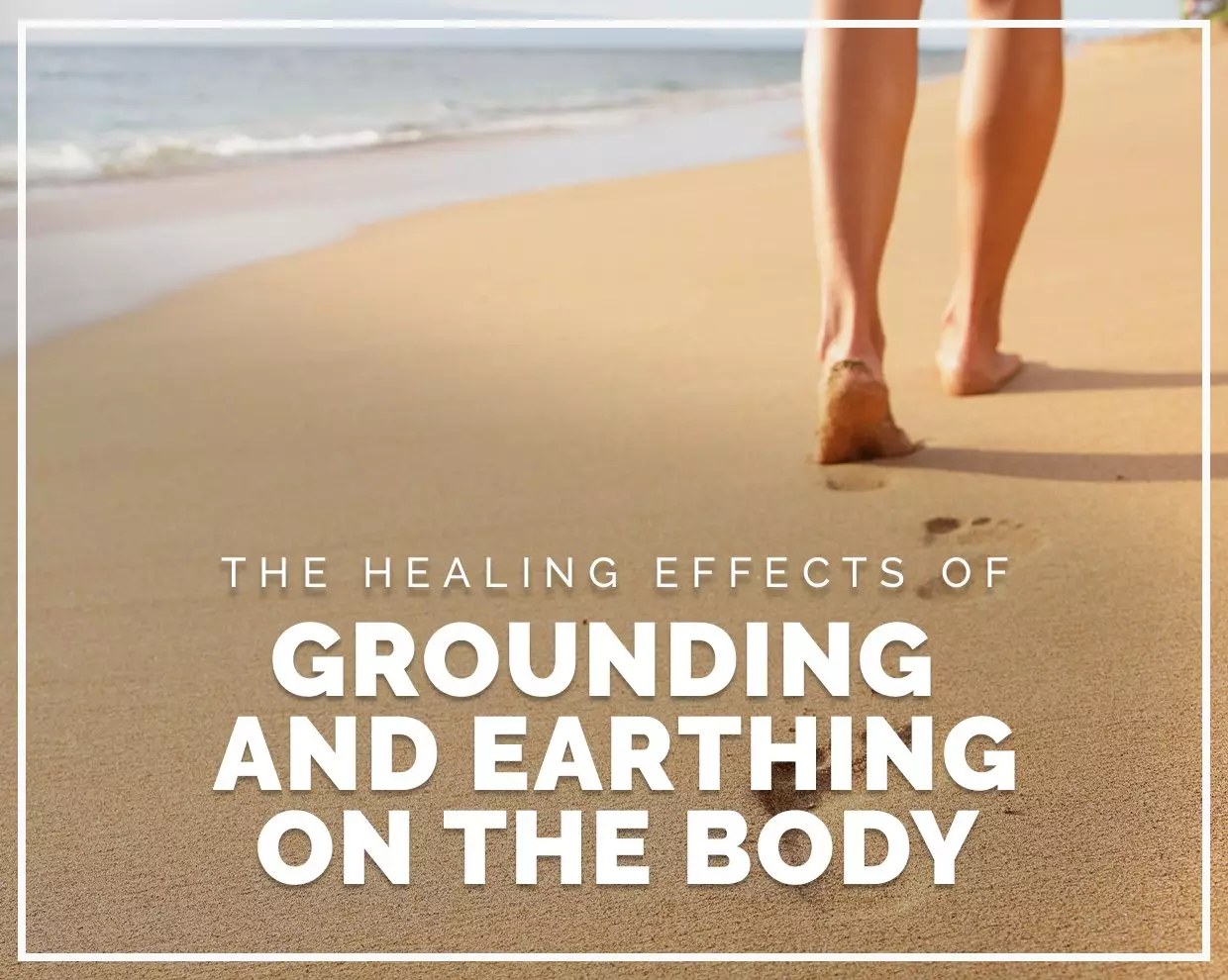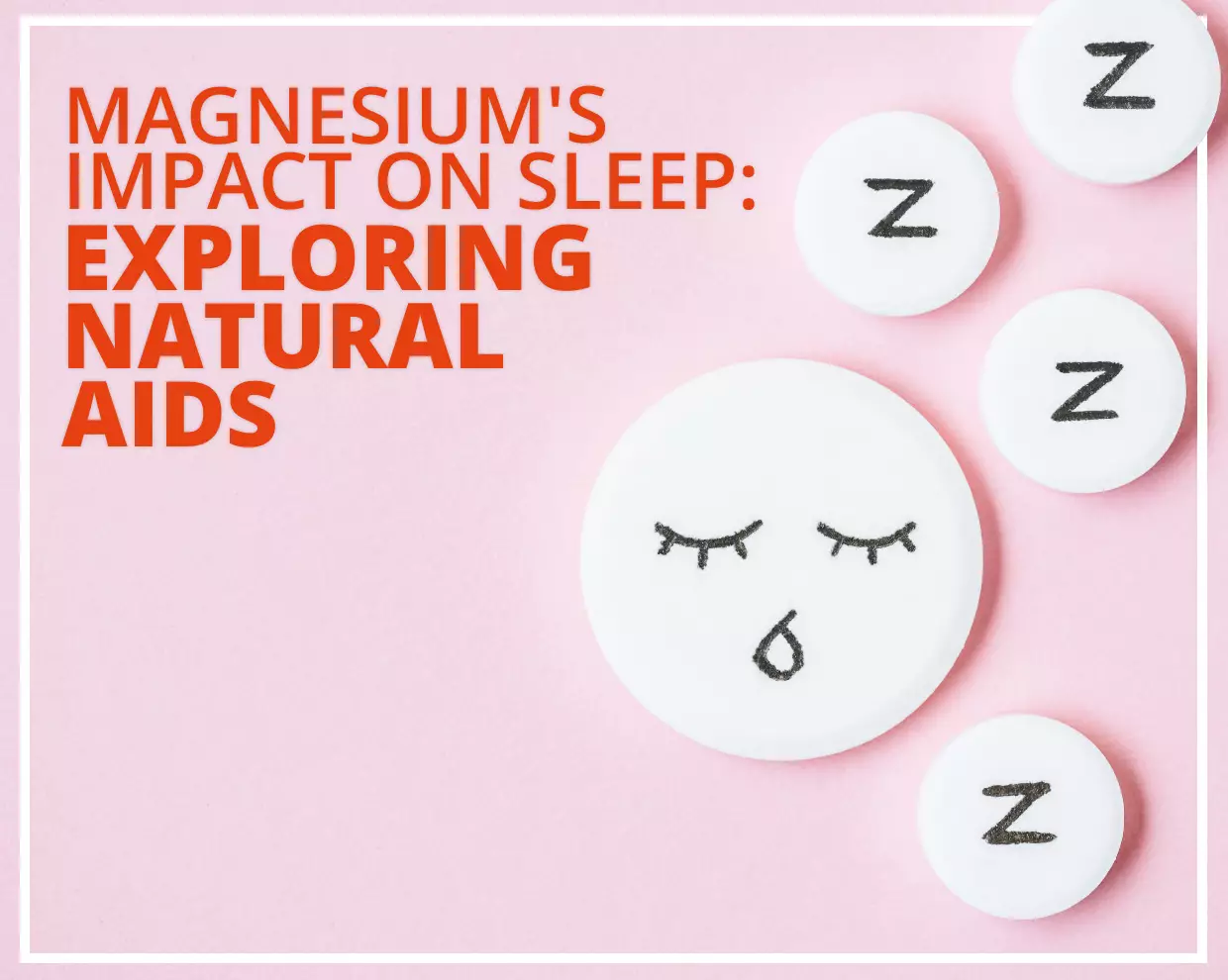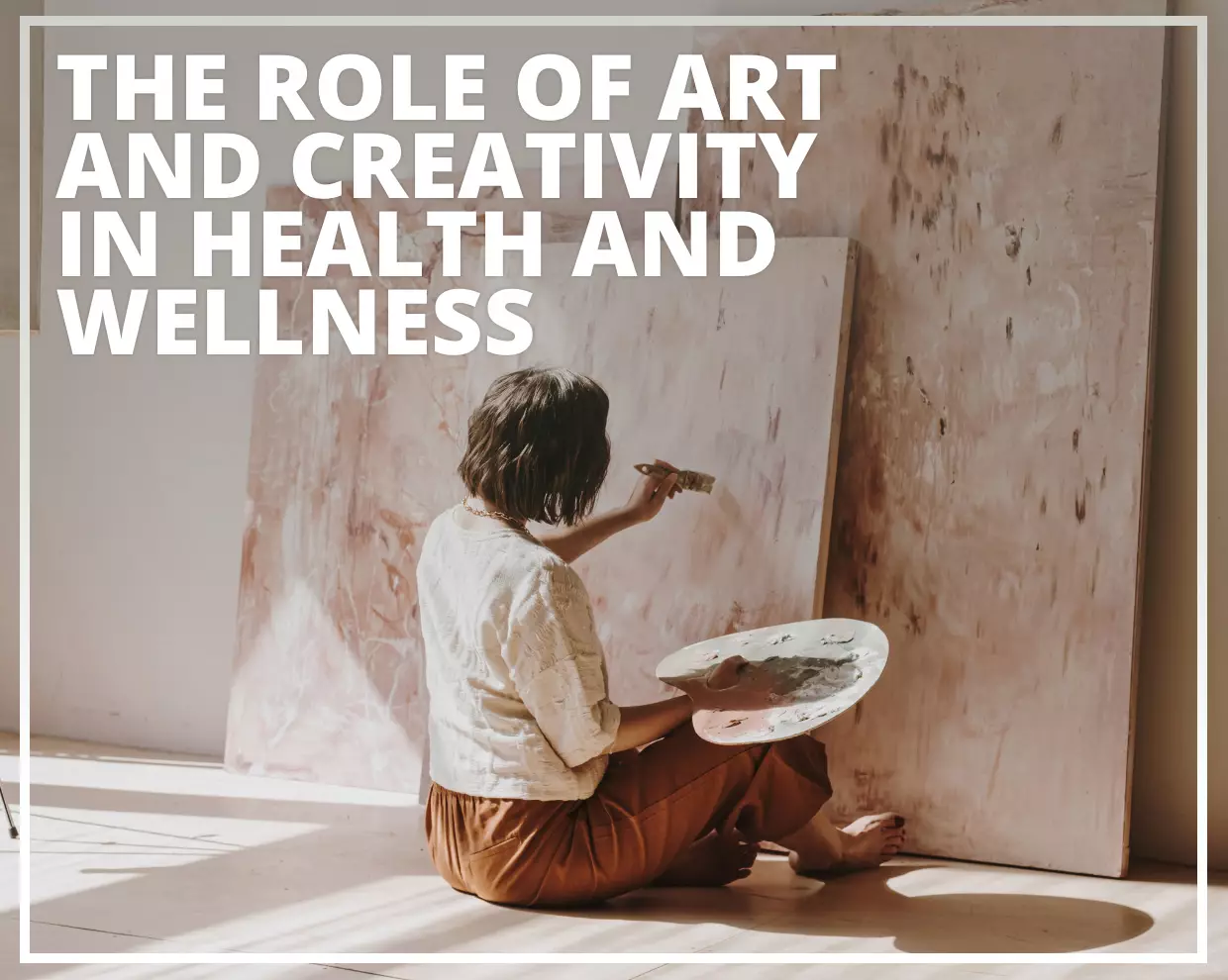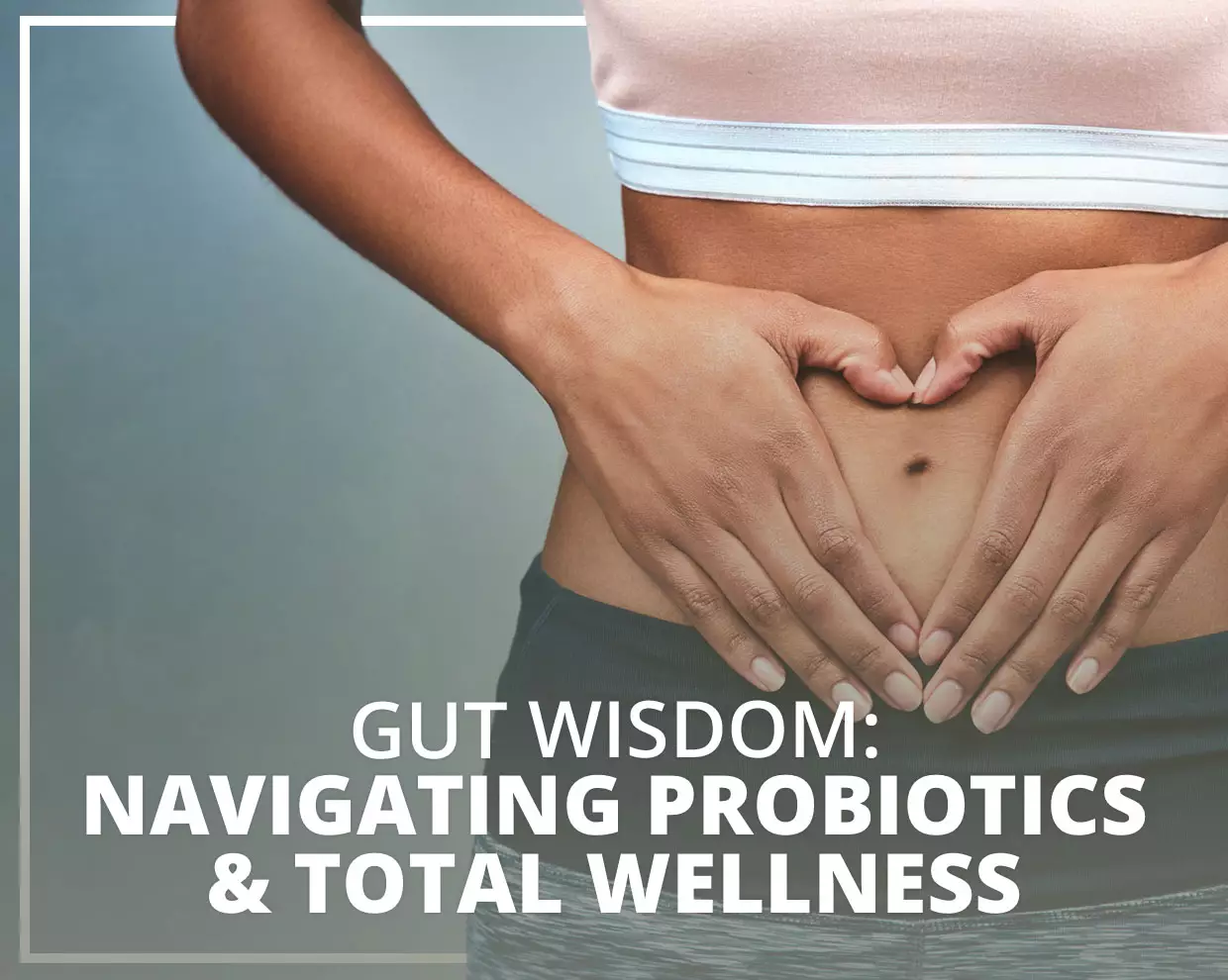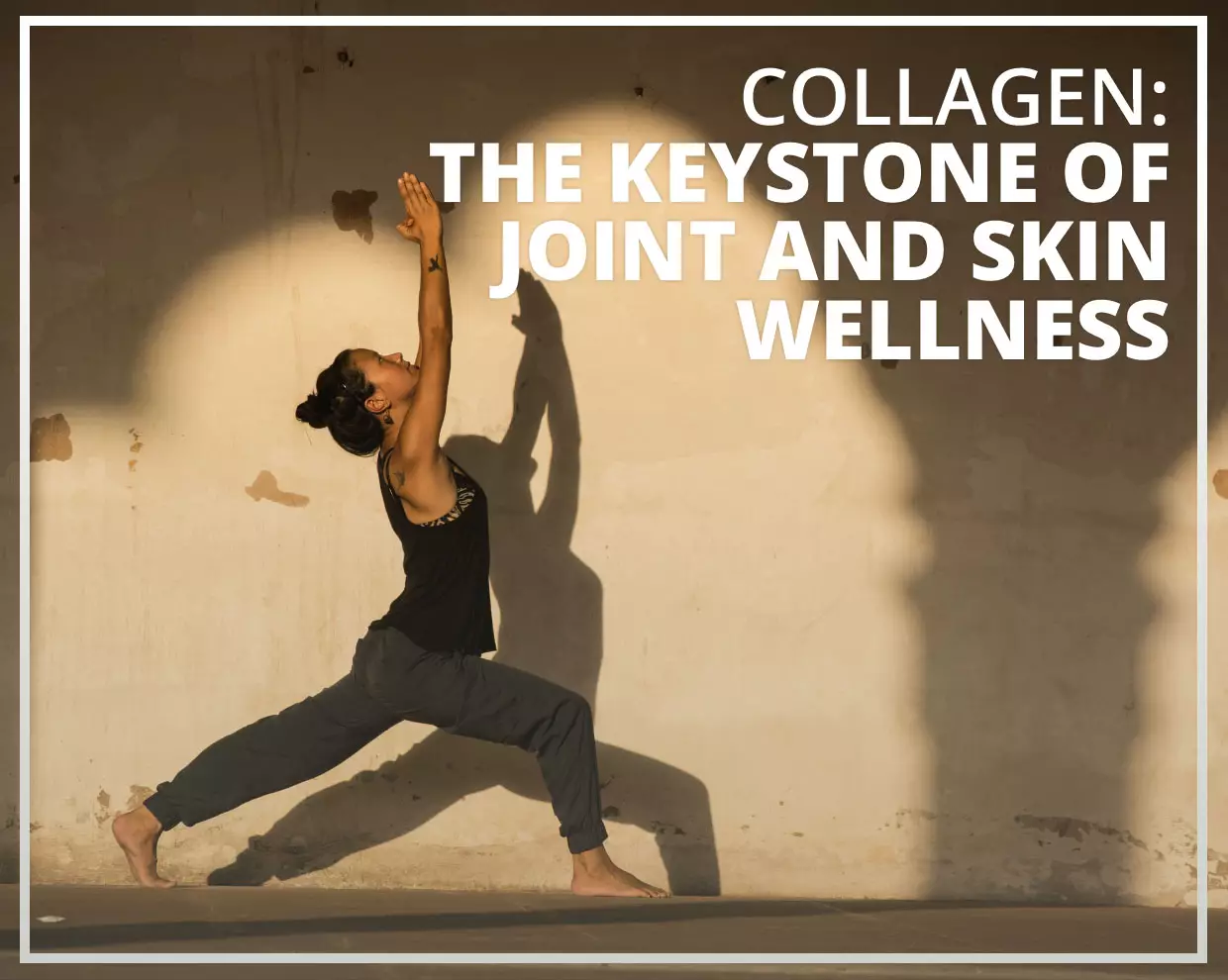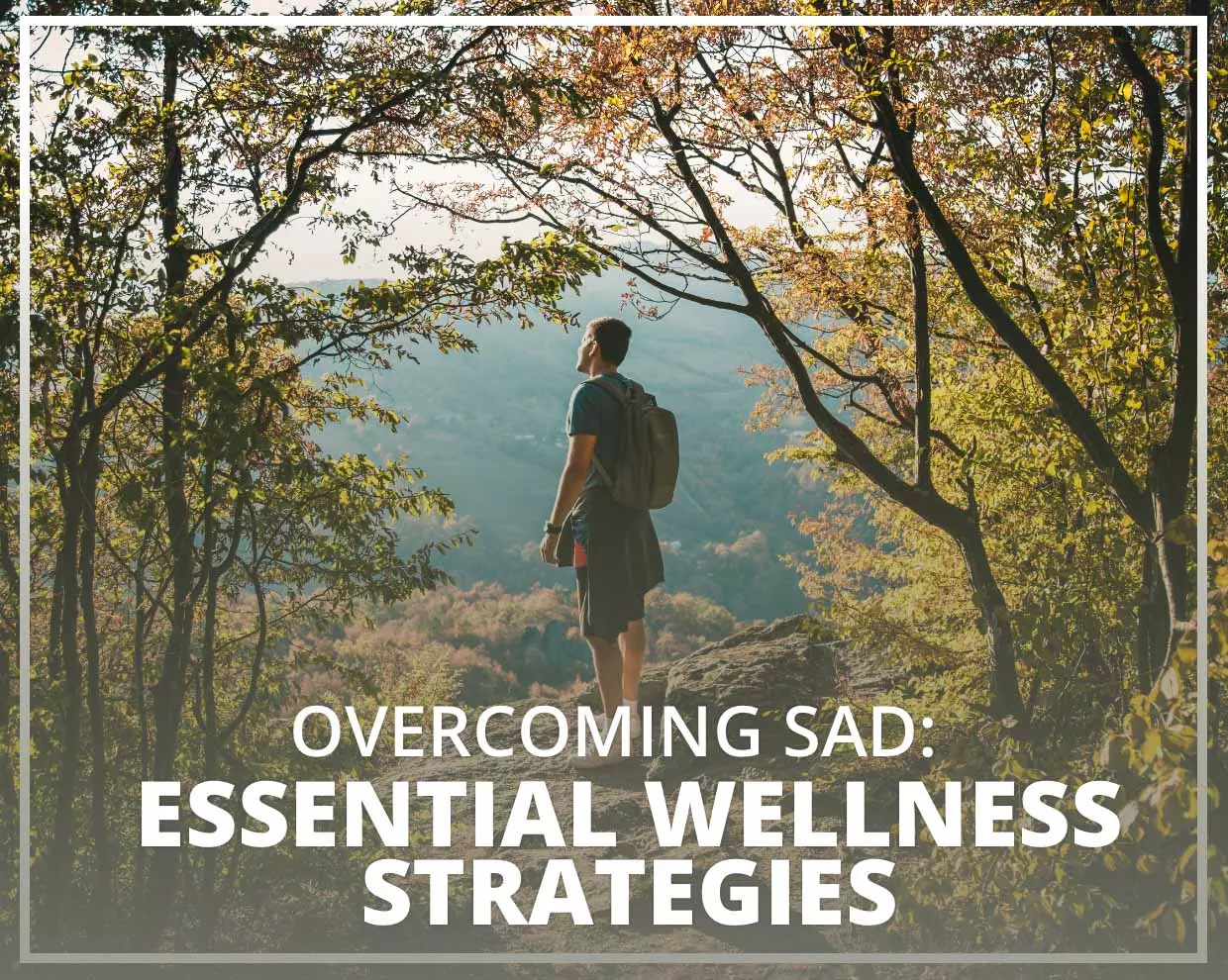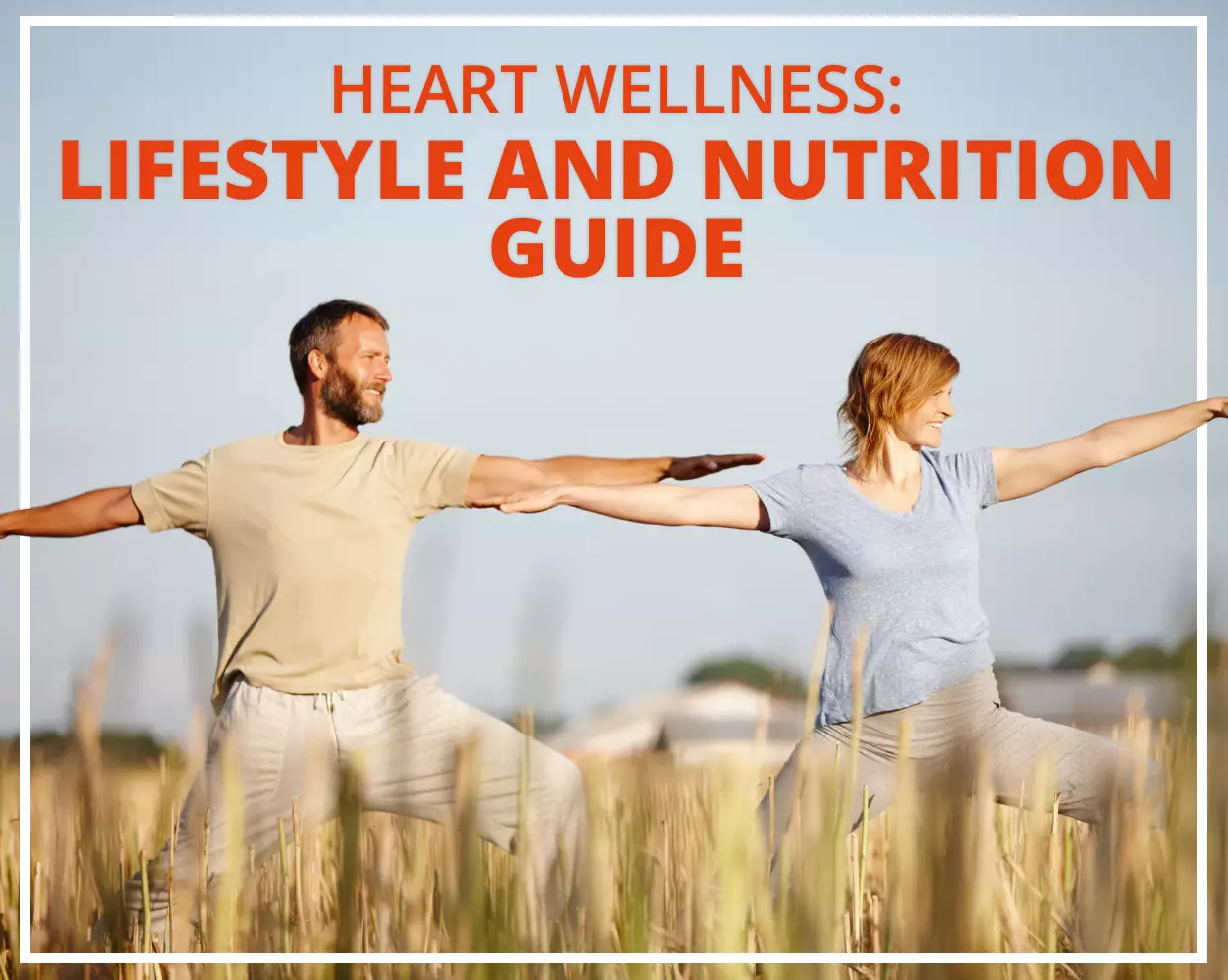Throughout time, humans have sat, stood, walked and slept on the ground — and such natural contact of our skin touching the skin of the earth has transferred the Earth’s natural healing energy into the body.
Our modern lifestyle has disconnected us from the Earth, and made us increasingly vulnerable to inflammation, stress, pain, poor sleep and sickness.
What is grounding?
Grounding or earthing refers to direct skin contact with the surface of the Earth, such as with bare feet or hands, or with different grounding systems, in the form of sheets, mats or adhesive footwear patches. Human beings, just like plants, the Earth, and all animals, are electrical creatures, with an electrical charge that’s either positive, negative or neutral.
Reconnecting to the Earth is one of the best ways that we can heal our bodies, reduce inflammation and mop up all the free antioxidants provided by mother nature — and the benefits are scientifically proven.
In fact, numerous studies on the physiological effects of grounding have shown that grounding reduces, or even prevents, the signs of inflammation following injury, such as redness, heat, swelling, pain, and loss of function.
How grounding reduces pain and inflammation
One study found a rapid resolution of painful chronic inflammation in 20 patients, with medical infrared imaging showing a fast reduction of inflammation, swelling and redness, even in serious injuries(1). As well as this, thermographic scans have shown reduced inflammation before and after four nights of using grounding to heal wounds.
One explanation for this rapid healing is that connecting the body to the Earth enables free electrons from the Earth’s surface to be absorbed into the body, and act as natural antioxidants, travelling through the connective tissue matrix, and through to any areas of inflammation that are present. The Earth’s electrons then create an antioxidant microenvironment around the inflammation, slowing or preventing reactive oxygen species that could cause potential damage to healthy cells and tissue, and therefore chronic or acute inflammation.
Clint Ober, the innovator behind the Grounding Movement and author of “Earthing: The Most Important Health Discovery Ever?”, first learned of grounding when marketing and installing Cable TV systems in Billings, Montana in the early 1960s. This led to an increased awareness of the need for a proper grounding system, and he began to explore the relationship between grounding and pain, conducting various experiments over the next eighteen years that supported his hypothesis that grounding normalises and supports the functioning of all bodily systems.
Grounding and sleep
But it’s not just wound repair that grounding can benefit. Grounding has also been shown to improve sleep, helping to normalise our circadian rhythm, reduce pain, stress and shift the autonomic nervous system from sympathetic towards parasympathetic (which reduces the release of the stress hormone cortisol into the body) — therefore increasing our heart rate variability and speeding up wound healing.
One study examined the effects of grounding on sleep and circadian rhythms, and found that people who previously had pain and problems sleeping managed to completely normalise their cortisol profiles and improve their sleep in just 8 weeks of sleeping on a grounded mat(2). Clinical studies have also shown that one of the most important times to ground is when you sleep, helping to reduce pain and inflammation, improve sleep and metabolism, up-regulate energy, performance and recovery, and even improve thyroid function and hormonal production.
Grounding for healing and repair
When we become injured, cells called neutrophils rapidly invade an injured region in order to break down damaged cells, and send signals to start the repair process. However, these neutrophils also produce ROS (Reactive oxygen species) which help to clear debris and pathogens around the damaged tissue so that it can repair. Yet, too much ROS can cause collateral damage to the cells adjacent to the injured tissue. Studies have found that grounded patients had fewer neutrophil levels than non-grounded patients, which suggests that the original wound repaired much more quickly, causing less collateral damage and a reduction in inflammation(3).
Get grounded with Erthe straps
If you want to get the benefits of grounding but don’t have the time or means to physically ground outside each day, then Erthe straps (pronounced “Earth straps”) may provide the solution. Whereas modern rubber soled shoes prevent us from being grounded by the Earth’s negative charge, Erthe straps can be attached to your favourite footwear, enabling you to get all the antioxidant benefits when on any conductive surface, including grass, earth, sand or concrete. These electrically-conductive straps fit onto any shoe, bypassing the rubber sole, while grounding you and resolving the electrical tension.
If, on the other hand, you are able to get some earth time, then you only need one point of contact to establish a ground connection. So, stand on the earth, on grass, stone, sand or soil, or walk or lay down for at least 20 minutes, twice a day if possible. But even if you can get connected to the Earth for only 10 minutes during lunch, you will still reap the benefits.
Summary – how reconnecting to the earth can improve health and wellbeing
Grounding is one of the best (and easiest) ways to promote healing, reduce inflammation, top up our antioxidant levels and support the immune system. It’s time we discovered that reconnecting to the earth can help restore our essential link to nature, one that revitalises and heals the body, reduces pain and stress, and improves health, sleep, mood, and longevity.
References:
1 The effects of grounding (earthing) on inflammation, the immune response, wound healing, and prevention and treatment of chronic inflammatory and autoimmune diseases
2 The biologic effects of grounding the human body during sleep as measured by cortisol levels and subjective reporting of sleep, pain, and stress
3 The biologic effects of grounding the human body during sleep as measured by cortisol levels and subjective reporting of sleep, pain, and stress

 AU Store
AU Store  UK Store
UK Store NZ Store
NZ Store EU Store
EU Store

